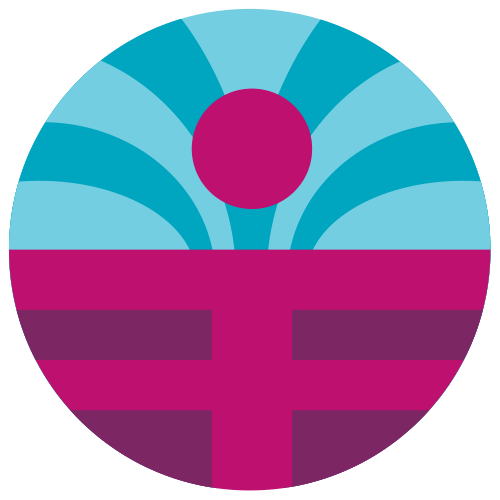Massage Therapy is quite literally a contact sport and contact is the name of the game. When a massage therapist performs a stroke on a muscle, he or she is literally (manually) giving your body information you need to win the game.
Working out results in certain responses in the body. Your muscles contract against a load and are fatigued by that stress on purpose to handle greater loads the next time you workout (trembling is a sign of muscle fatigue. Your body grows stronger by using the protein and other nutrients you eat to repair your muscles and you grow stronger overnight when you sleep. Sometimes the body can use a little assistance though, muscles forget to let go or brace to protect micro tears and that can block free movement, circulation and healing. Massage strokes are terrific for assisting recovery by doing things like increasing circulation and nutrition to the muscles, restoring normal resting muscle length, working out adhesions, and relieving spasms; especially since many people don’t have time or don’t like to stretch post-workout.
Moreover every stroke a Massage Therapist uses has a specific purpose to manually assist your body to recovery from a workout. The basic Swedish Massage strokes are Effleurage, Petrissage, Tapotement, Stripping and Friction:
Effleurage is like the warm up before the game. Also used to apply oil, assess what needs to be done and transition between other strokes or body parts, it literally heats up the body’s tissues to prepare them for deeper work and relaxes muscles with it’s rhythmic application.
Petrissage (kneading) is like doing a few jumping jacks before the game, it gets the circulation pumping in and out of the target area, lifts and separates tissues from each other and further increases body tissue temperature. This literally gets the molecules moving at a faster rate and you feeling more flexible and free again.
Tapotement (tapping) is like doing squat thrusts. It really gets the circulation going and can relieve gripping, stagnation and congestion in the body. It includes, as specified in A Primer of the Art of Massage for Learners, By Thomas Stretch Dowse “percussive, successive, concussive and vibratory…” strokes. “The physiological effects are… respiration of tissue, increased circulation, … elimination and… assimilation… in ordinary phraseology, increased metabolism.”
Stripping (long thin strokes) is like a golf swing; the massage therapist applies long precise strokes to free the swing. It uncovers specific areas of problems, knots, nodules, fascial restrictions and thickening and slowly melts away adhesions, and realigns scar tissue to more functional arrangements. Translation: you hit the ball straighter, more accurately, smoother, and feel freer while you’re doing it.
Friction (firm deep back and forth movements under the skin) is like table tennis, the massage therapist uses longitudinal, cross or circular pressure in short back and forth movements to help break down adhesions due to working out stresses, injury and inflammation and realign scar tissue. Again, you feel freer and ready for your next workout.
So go get a massage, or better yet, work a massage therapy plan into your training schedule and go get your groove back!
For some more info on massage strokes see: http://www.massagetherapy101.com/massage-techniques/massage-stroke-glossary.aspx
There are numerous other tools and techniques from many modalities that you can explore and which your Massage Therapist dips into to further your game:
Aromatherapy– The application of aromatic therapeutic essential oils in a base of vegetable oil, to provide pain relief, speed healing and release tension from the muscles.
GTO work– this is the use of specifically applied pressure to Golgi Tendon Organs usually to relieve excess contracture.
PNF– (Proprioceptive Neuromuscular Facilitation) Neurophysiologist and physician Dr. Herman Kabat influenced by Australian nurse Sister Elizabeth Kenney, who worked with polio patients in a new progressive way, developed a hands-on treatment approach that uses reciprocal innervation etc. to treat people with neurological dysfunctions. Later taught to physical therapists and massage therapists, it has found it’s way in to mainstream personal training repertory in “techniques” such as Active-Isolated Stretching.
Trigger Point work– consists of local compression to trigger points, massage to muscles, passive stretching, and corrective exercises to restore normal function. This is within the scope of practice of doctors, physical therapists and massage therapists.
Movement (Re) Education– Originating partly in the dance world, Rudolf Laban, F. Matthias Alexander, Dr. Moshe Feldenkrais, Lulu Sweigard, Mabel Todd, Andre Bernard and others created and furthered progressive biomechanical educational experiences from basic body movements to complex to correct and refine movement. For more info see:
http://www.emunix.emich.edu/~wwitten/MOVEED.htm,
http://www.feldenkraisinstitute.com/
http://www.movement-education.org/
http://www.acatnyc.org/
For an Online Glossary of just some of the available techniques out there see: http://www.massagetherapy.com/glossary/index.php#S.

